Ukraine group ‘may have blown up Nord Stream pipelines’: US intelligence
US intelligence finds a Ukraine vigilante group may have blown up the pipelines, after the White House denied it was responsible for one of the biggest acts of industrial sabotage in history.
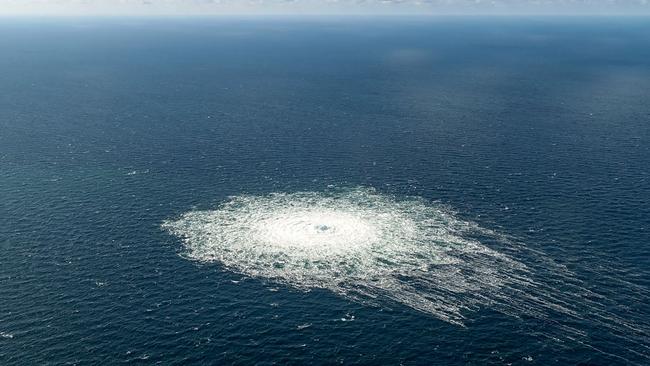
US intelligence officials have conceded a vigilante group aligned with Ukraine may have blown up the Nord Stream gas pipelines between Russia and Germany, a month after the White House vehemently denied a report that had accused it of one of the biggest acts of industrial sabotage in history.
In what appears to be a deliberate leak to the New York Times, US intelligence officials shared recently collected information suggesting that a “a pro-Ukrainian group”, acting independently of the Ukrainian government, ruptured the two 1220-kilometre pipelines with three underwater explosions in September.
“The explosives were most likely planted with the help of experienced divers who did not appear to be working for military or intelligence,” the US official told the Times, in an article published on Tuesday (Wednesday AEDT), without disclosing the type, provenance or strength of the intelligence.
“US officials said that they had no evidence President Volodymyr Zelensky of Ukraine or his top lieutenants were involved in the operation, or that the perpetrators were acting at the direction of any Ukrainian government officials,” the Times added in a lengthy piece that included no direct quotations from officials.

Any firm evidence of Ukraine’s involvement in the sabotage could jeopardise German support for Ukraine, which has included recently the promise of tanks, more than one year after Russia’s invasion of Ukraine.
The two pipelines, only one of which had been operational, supplied Germany with cheap natural gas until Russia turned off the supply a few months after launching an invasion of Ukraine in February 2022.
The US officials left open the possibility “the operation might have been conducted off the books by a proxy force with connections to the Ukrainian government or its security services”, the Times said.
The destruction of the two pipelines – the newer of which had never been approved for use by German regulators – prompted a series of accusations and counter-accusations between Moscow and NATO capitals, without any evidence.
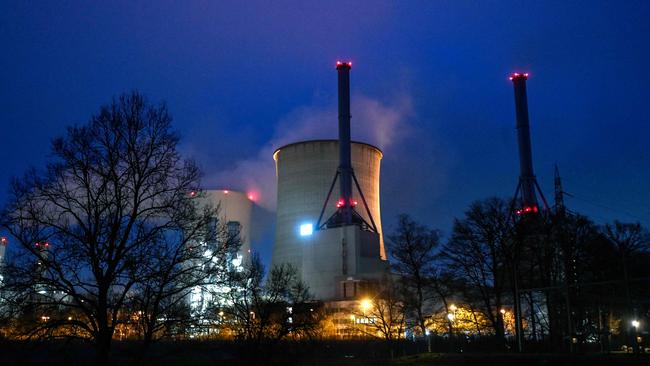
Sweden concluded in October the pipelines, jointly funded by Russian gas giant Gazprom and a consortium of German and French companies, were destroyed in an act of “gross sabotage” but couldn’t determine by whom.
The New York Times report reflects a significant shift in the mainstream narrative that had initially accused Russia of blowing up its pipelines, perhaps as a way to intimidate NATO, and suggests determination of the origin of the explosions may be in sight after months of inconclusive investigations.
The Biden administration last month slammed as “utterly false and complete fiction” a report by an investigative journalist that the US instigated the blasts to quash any chance Berlin might cease helping Ukraine in exchange for the return of cheap energy.

Two weeks before Russian invaded Ukraine on February 24, US President Joe Biden warned Moscow that if it invaded Ukraine “there will be no longer a Nord Stream 2, we will bring an end to it”; Secretary of State Antony Blinken welcomed their destruction after the event.
Seymour Hersh, a multi-award-winning journalist, in a self-published essay, argued the US used expert navy divers to plant bombs on the pipelines located in the shallow waters off Denmark in June last year under the cover of a regular NATO maritime exercises, detonating them remotely three months later.
Hersh, 85, who won the Pulitzer Prize in 1970 for his investigative reporting, alleged that White House National Security adviser Jake Sullivan convened a special task force in December 2021 to investigate how to destroy the pipelines, which had long been opposed by Washington for fear they would bind Germany to Russia.
In December the New York Times reported Russia had begun to repair the pipelines. Anonymous Russian sources told Reuters last week the project was “buried” for now, while others said they could be preserved for repair at same point in the future.


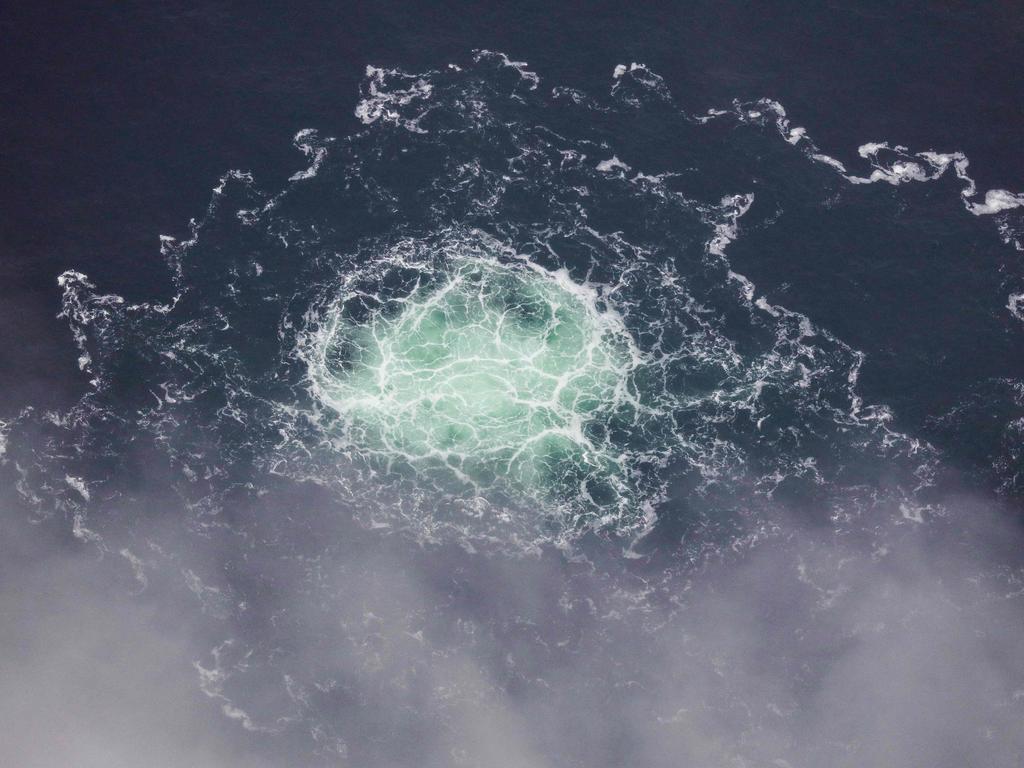
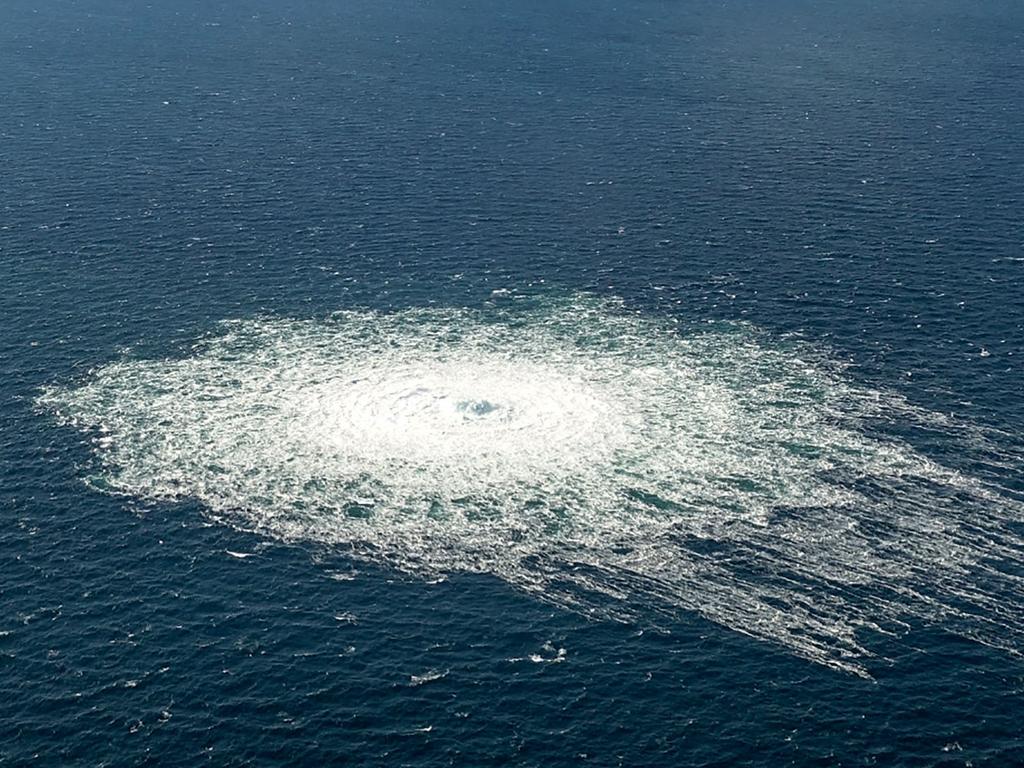
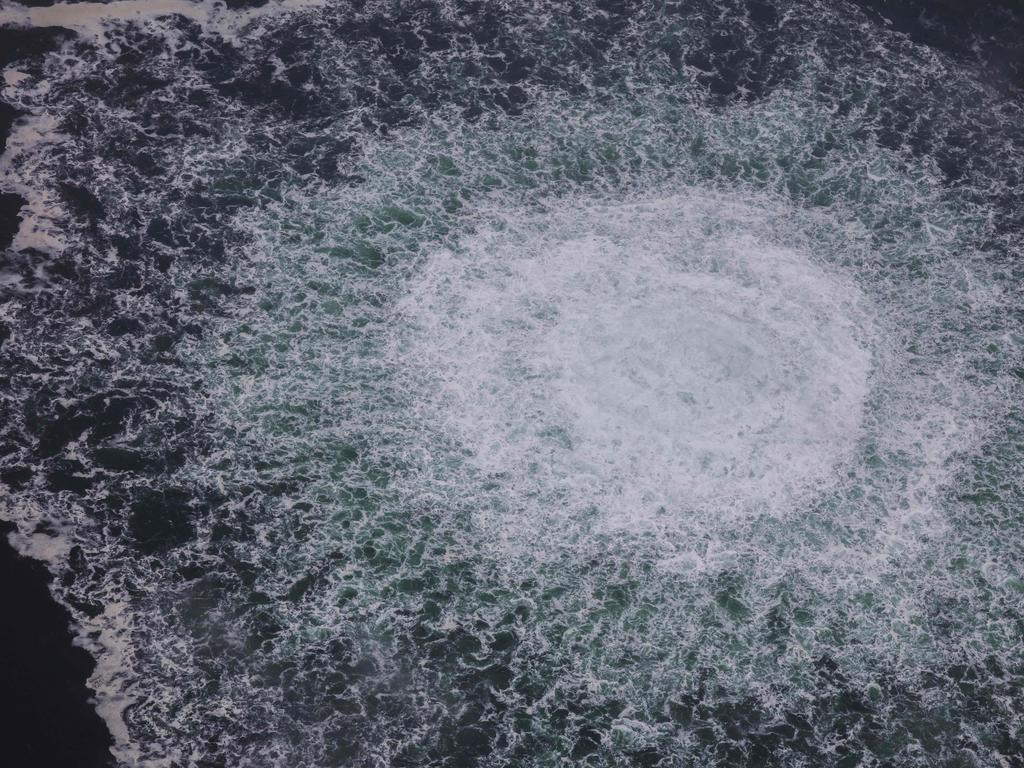
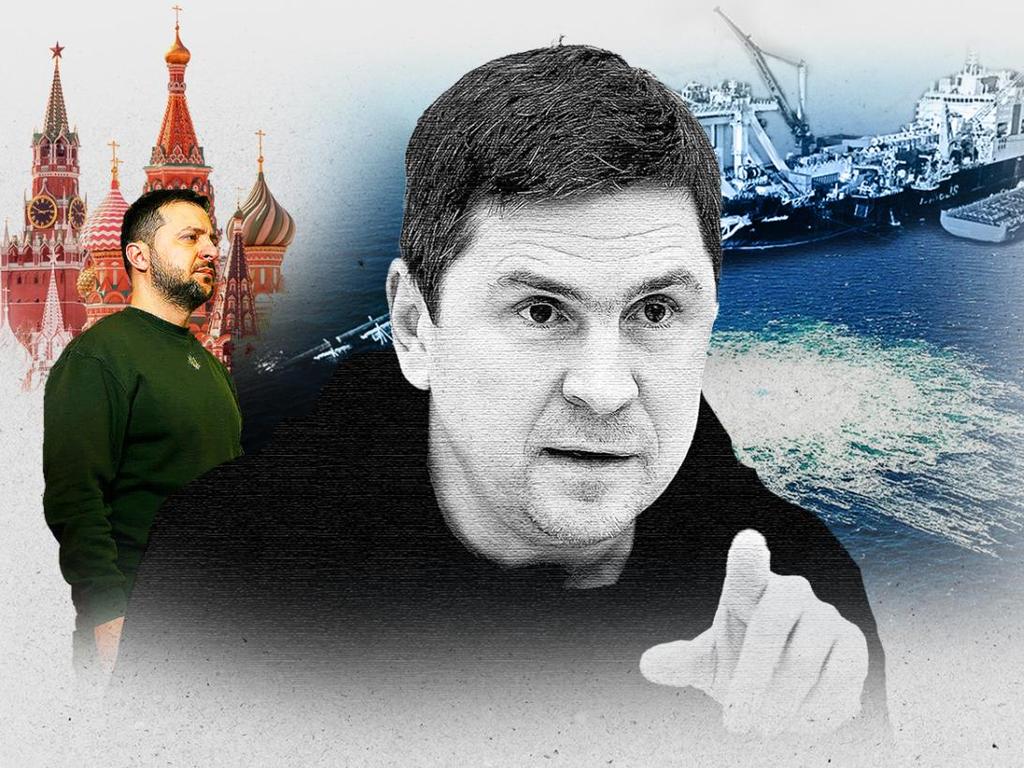


To join the conversation, please log in. Don't have an account? Register
Join the conversation, you are commenting as Logout